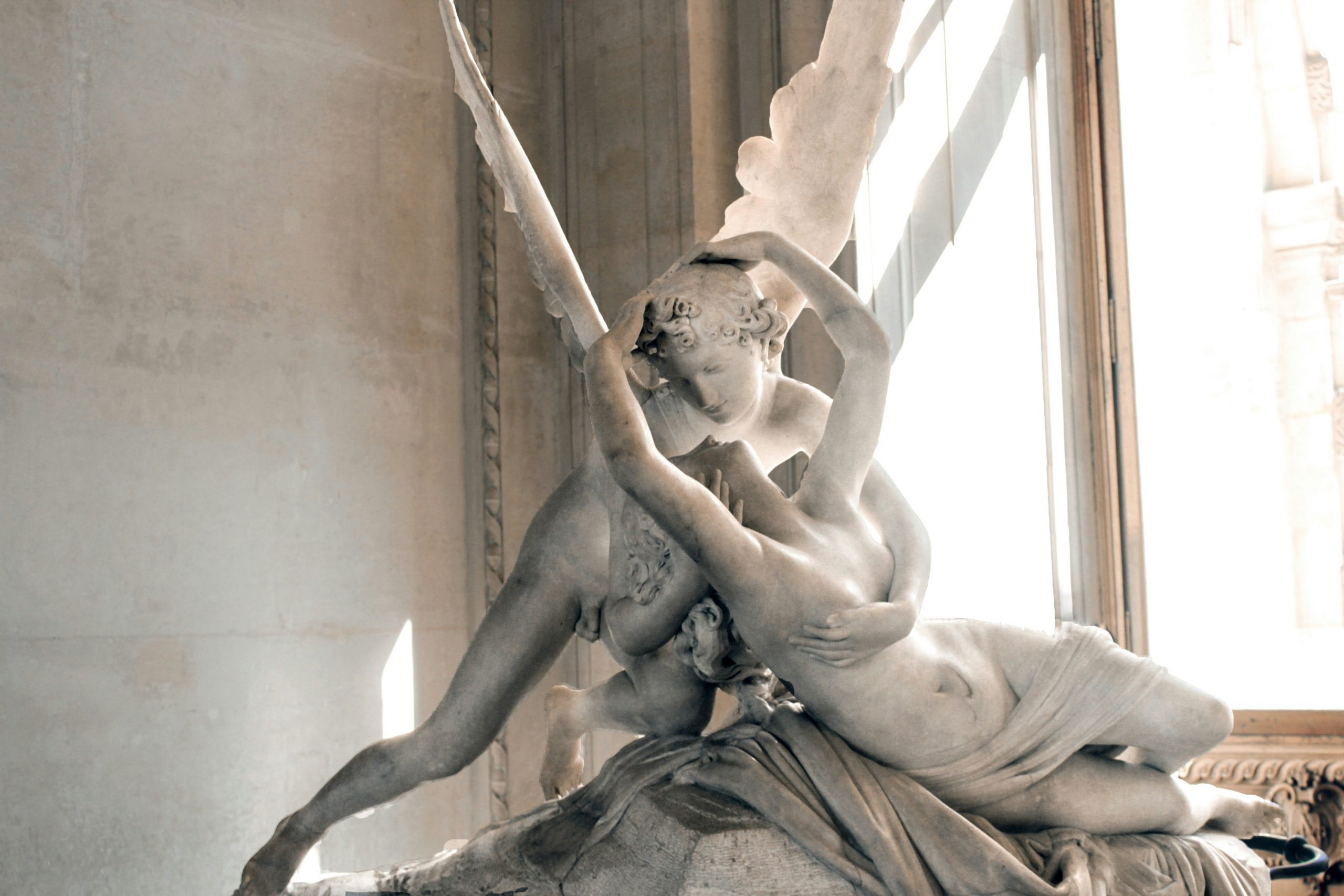‘Cupid, draw back your bow. And let your arrow go. Straight to my lover’s heart for me.’ From artwork to literature to modern media, Cupid has been a symbol of love, and known for uniting lovers throughout history. Cupid, or the original Latin Cupido, is the god of love, desire, attraction and affection. Whether you know him as the winged child, the semi-sexless babe, or the tool of manipulation in Shakespeare’s A Midsummer Night’s Dream, Cupid in his various forms is here and explained just in time for Valentine’s Day.
In Roman mythology, Cupid’s role was connecting people through his arrows and creating lovers. Cupid’s aim was said to be random, hence why some couple pairings were eccentric and unexpected. Despite Cupid’s mischievous and playful presentation, it would be a mistake to undermine Cupid’s power. After all, Cupid is the god of love and the son of the goddess Venus. Cupid has been depicted as a baby, a child, and as a young man throughout history and the god of love has inspired artists for centuries. During the Renaissance period, the depiction of Cupid became notoriously chubbier and younger. With a renewed interest in classical art’s humanism, Renaissance artists represented Cupid as a realistic child. The figure of Cupid continued to appear younger which culminated in portrayals that looked noticeably like toddlers and infants. This childlike portrayal of Cupid was apparent in both Italian and Northern Renaissance depictions. Sodoma’s Cupid in a Landscape shows the winged Cupid as a baby or toddler within the artwork. Cupid is depicted as notoriously chubby in Raphael’s Cupid Complaining to Venus from 1525. In Raphael’s work, the womanly figure of Venus contrasts the much shorter and chubbier baby-like figure of Cupid. While both of these works only feature one figure of Cupid, the Italian Renaissance was when many artists began to include multiple figures of Cupid in a single painting. These figures were initially known as amorini and eventually evolved into being known as putti, or cherubic children who were commonly found in many mythological and biblical scenes of the period. Raphael’s The Voyage of Galatea from 1511 shows multiple figures of Cupid using their bow and arrows from the sky above the central figures. Cupid is often portrayed as the winged child, frequently depicted with his signature bow and arrow. Cupid’s tools of love are notorious, with the gold-tipped arrows having the ability to make people fall in love, and his lead-tipped arrow having the ability to make people fall out of love. Cupid’s prowess in love is notable, and he has the power to disrupt lives with a single shot.
The Baroque artists continued the Renaissance trend of incorporating several Cupids into their mythology-inspired paintings. Unlike the amorini and putti of the Renaissance, however, the figures painted by Baroque artists appear playful and the emphasis on the figures’ youth sometimes downplays Cupid’s power and role as a God. In Peter Paul Rubens’ The Feast of Venus, multiple figures of Cupid can be seen playing amongst the foliage and trees in the background. The figures of Cupid look lively and mischievous. Cupid’s association with mythological works continued with Rococo artists such as French artist Francois Bouche who incorporated groups of Cupids in most of his mythological works. Boucher created mostly pastel-coloured paintings which aided in the softer depiction of Cupid, which downplayed his godly power. This iconography stayed popular throughout the Neoclassical period when classical artists began a movement which focused on the sense of balance and the human figure. The Neoclassical period was the last period in which artists took on the so-far established configuration of Cupid, and later artists abandoned this approach to Cupid and instead opted for more avant-garde interpretations in their work. During the Neoclassical period, Cupid was famously depicted in a sculpture sitting on the back of a moving tortoise by Richard Saltonstall. His wrists and ankles are bound by a single bolt of fabric and he looks off into the distance, which is a strikingly different depiction of Cupid. A bound Cupid could represent someone’s dominance over love or a languishing romance between two people. But here, Cupid is alone except for the tortoise. It is still debated whether Cupid was punished for getting into mischief which is common in mythology.
Regardless of which era Cupid is depicted in, he is instantly recognizable with his tiny wings, heart-tipped arrows, and angel-like appearance. Whether you’re playing Cupid for someone else, or you yourself are hoping to get struck by his arrow, the god of love and his playful ways have made their way through history and modern culture. From the origins in Greek and Roman mythology, the idea of Cupid has blossomed and Cupid has now become a universal symbol of love, and as a result, a symbol of Valentine’s Day. With his infamous arrows and playful ways, maybe we should all be calling Cupid this Valentine’s Day.
Words by Bhamini Khandige
Featured image courtesy of Sara Darcaj via Unsplash. No changes have been made to this image. Image licence found here.



